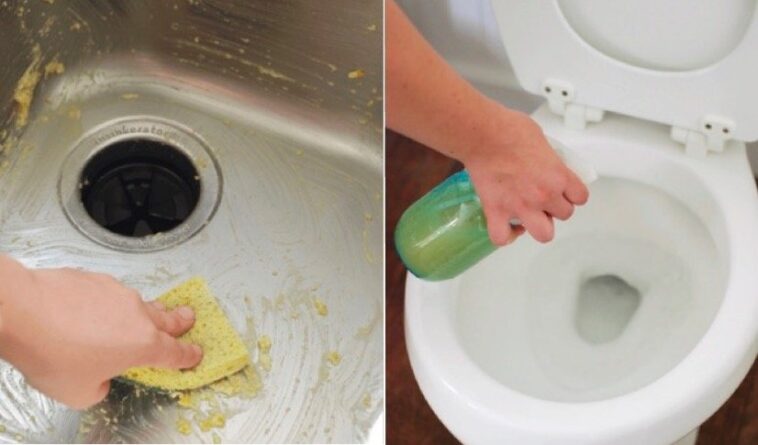When we think of enzymes, our first thought always goes to the health field where they are important. However, it is less known that it can help in cleaning the house. In fact, it’s not uncommon for some people to turn to enzyme cleaners for sinks that are prone to clogging, and their usefulness doesn’t stop there. You can make an enzyme cleaner with kitchen scraps to have an effective product without being harmful to the environment and without being toxic.
The cleaner that we are offering you today is actually a 2 in 1: you will have an easy-to-use liquid version and a paste version which allows you to scrape well. With these two elements, it’s the end of dirt (even encrusted).
What you need:
- 300 g orange or lemon peel
- 100 g brown sucre
- 3 g de levure
- A 2 liter plastic bottle
- A liter of water
- An airtight jar
The steps:
1) Pour the brown sugar into the bottle.
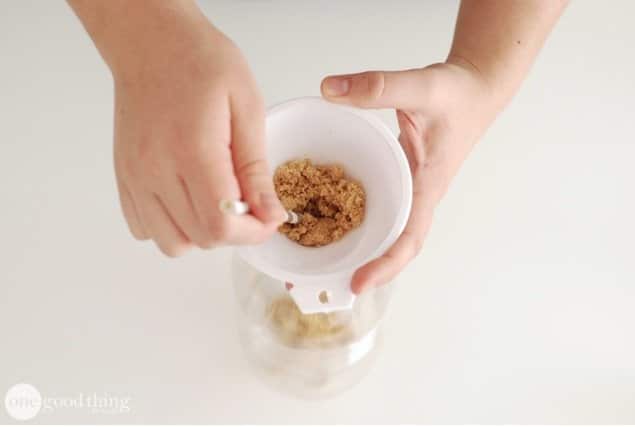
2) Cut the peels into pieces (so that they can fit into the bottle) and add this to the sugar. Then pour the yeast on top.

3) Then pour out the water. Close the bottle securely and shake vigorously for about 30 seconds (just until everything mixes).
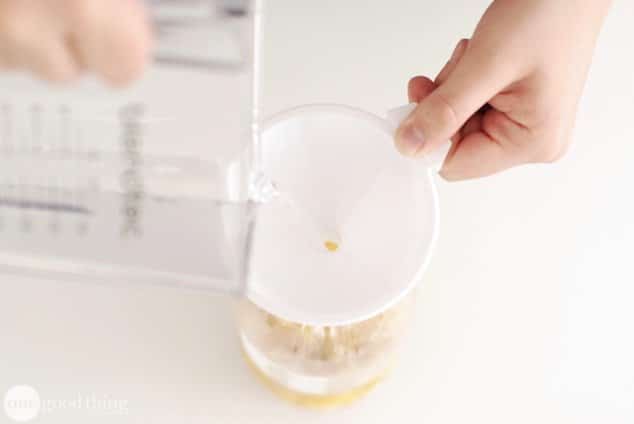
4) This is the most important step: fermentation! Write the date on the bottle and wait two weeks for the ingredients to ferment (3 months if you don’t add yeast). Once a day, shake the bottle vigorously and unscrew the cap a little to prevent gases from building up.
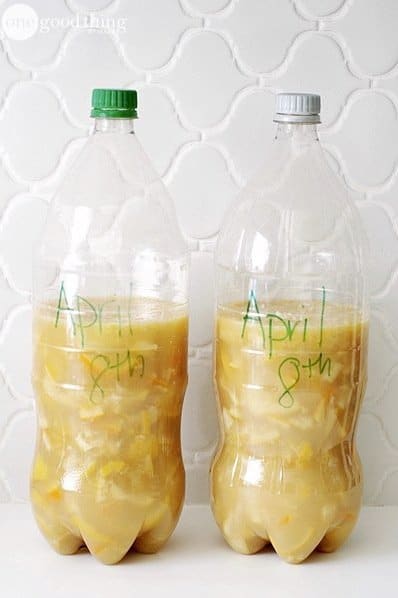
5) Filter the mixture to recover your liquid cleaner (use diluted or undiluted as we will explain at the end of the article).
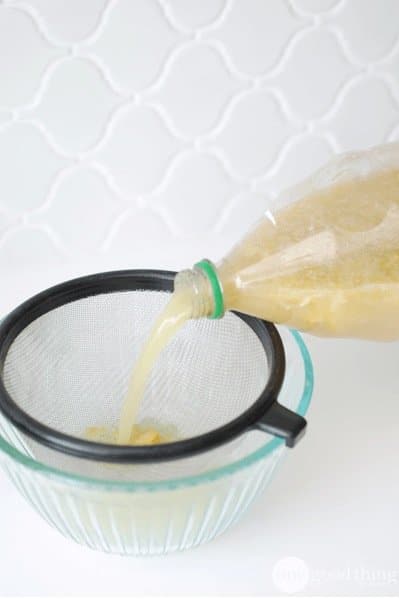
6) With the collected bark, you can make the second cleanser: a scrub paste! To do this, add baking soda and mix. Add the bicarbonate little by little to obtain a thick paste texture (as below). Pot.
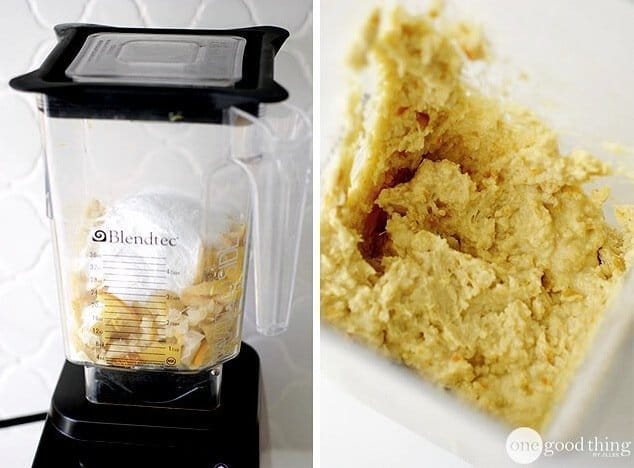
Some uses of these two cleaners
The exfoliating paste:
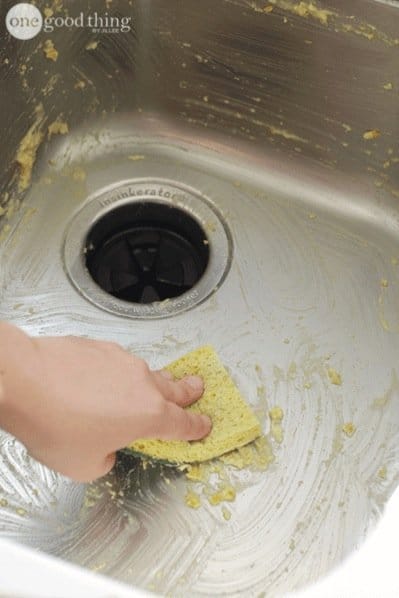
- Cleaning the oven
- Cleaning the sink, shower or bathtub
- Cleaning house siding
The liquid cleaner:

- For daily cleaning as a classic stain remover/degreaser (120 ml of cleaner to which water is added to obtain one liter of product)
- For dishes or laundry (use 60 ml of solution in the machine)
- Clean bathrooms and toilets (1 dose of cleaner to 10 of water)
- Clean fruits and vegetables (1 part cleaner per 10 parts water)
- Use undiluted for difficult stains (fabric and floors), for a clogged sink or to repel ants and cockroaches
- To scrub floors or to wash and shine the car (1 part cleaner to 20 parts water)
- To fertilize the plants (1 part of cleaner for 20 parts of water), you can use the water that was used for scrubbing so as not to spoil anything
Source


